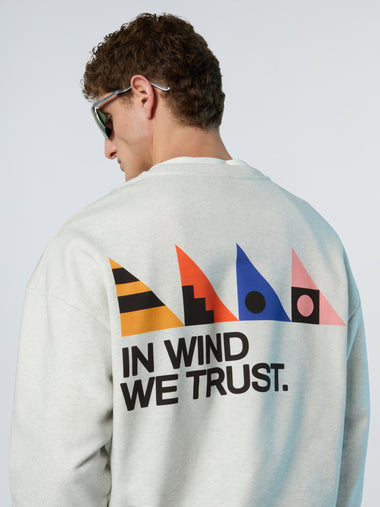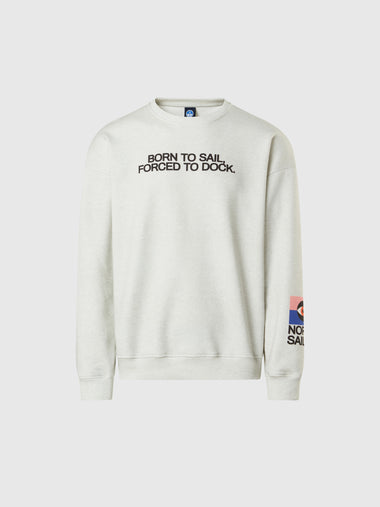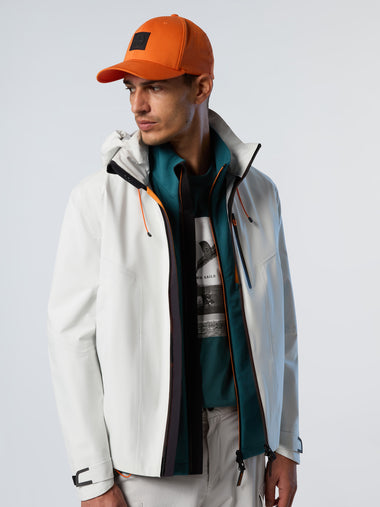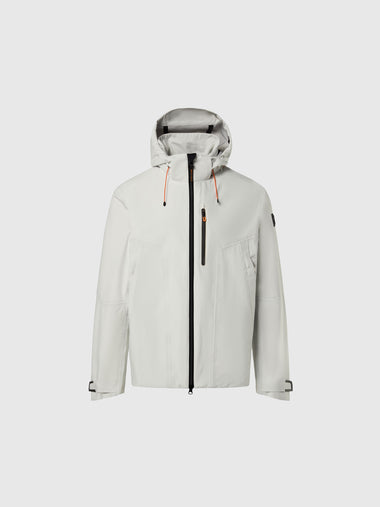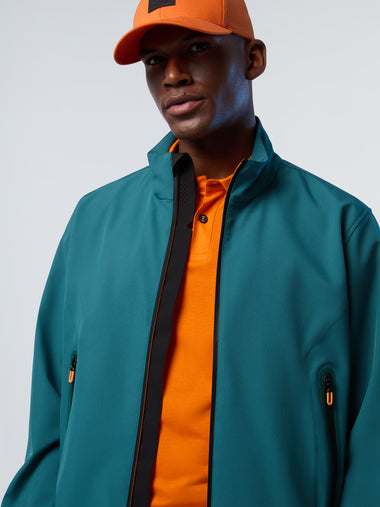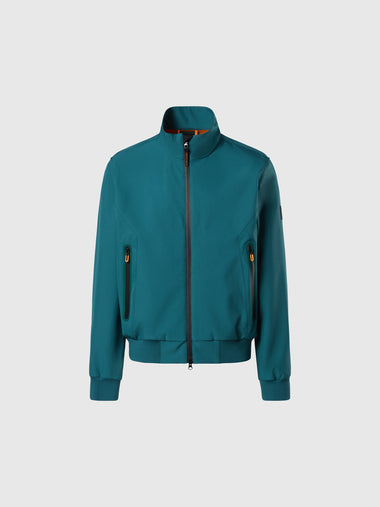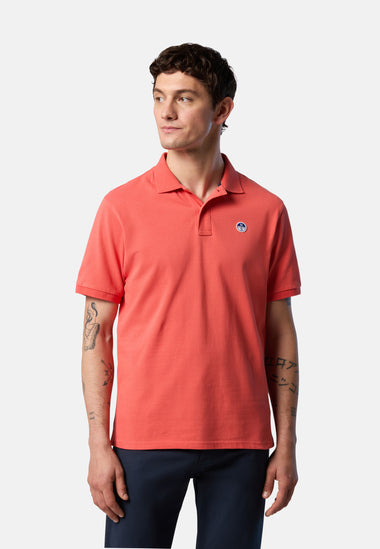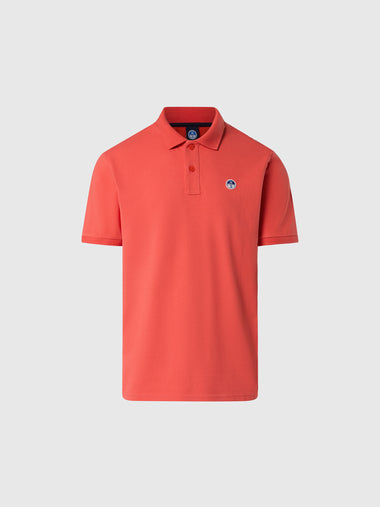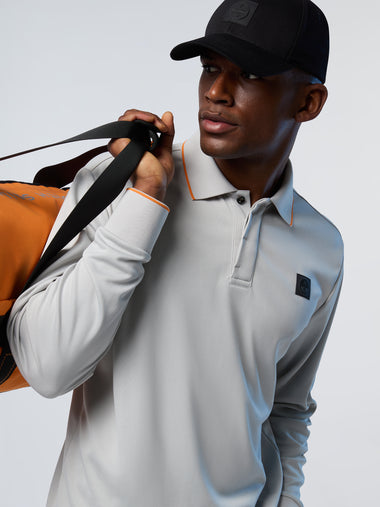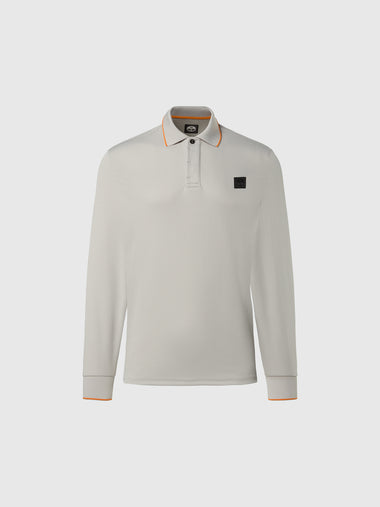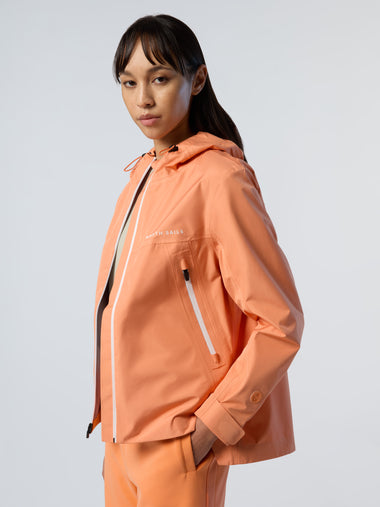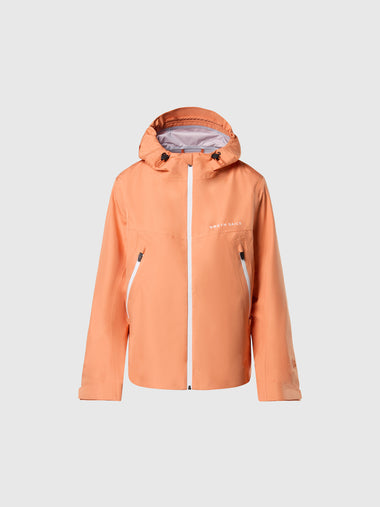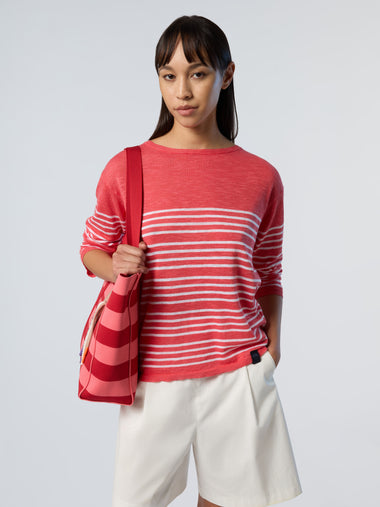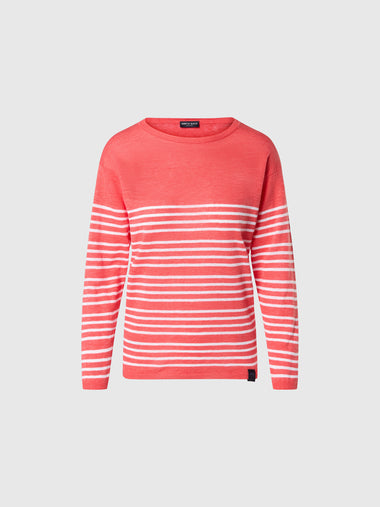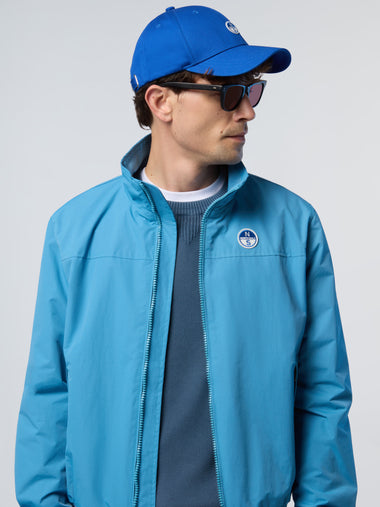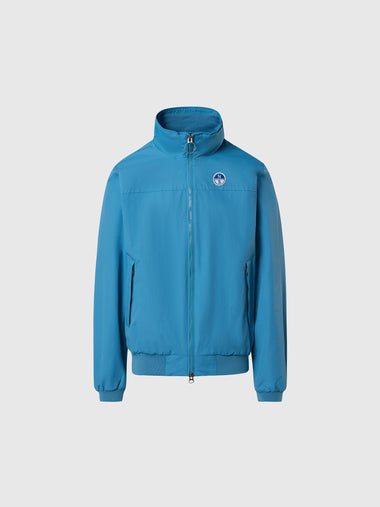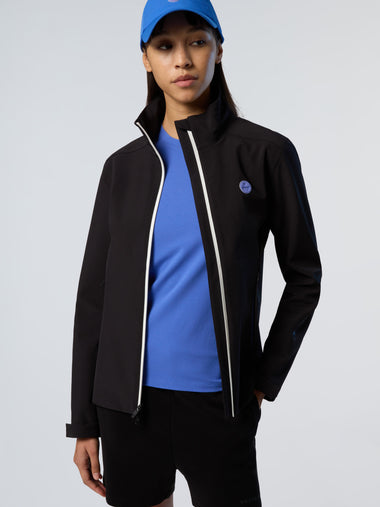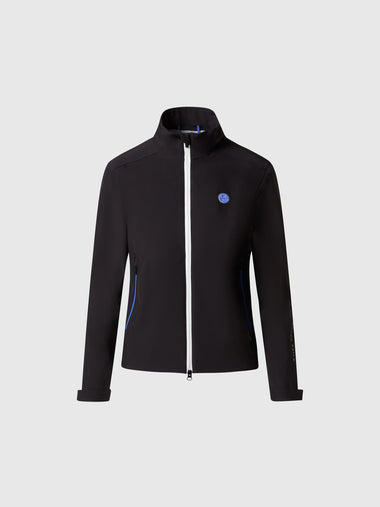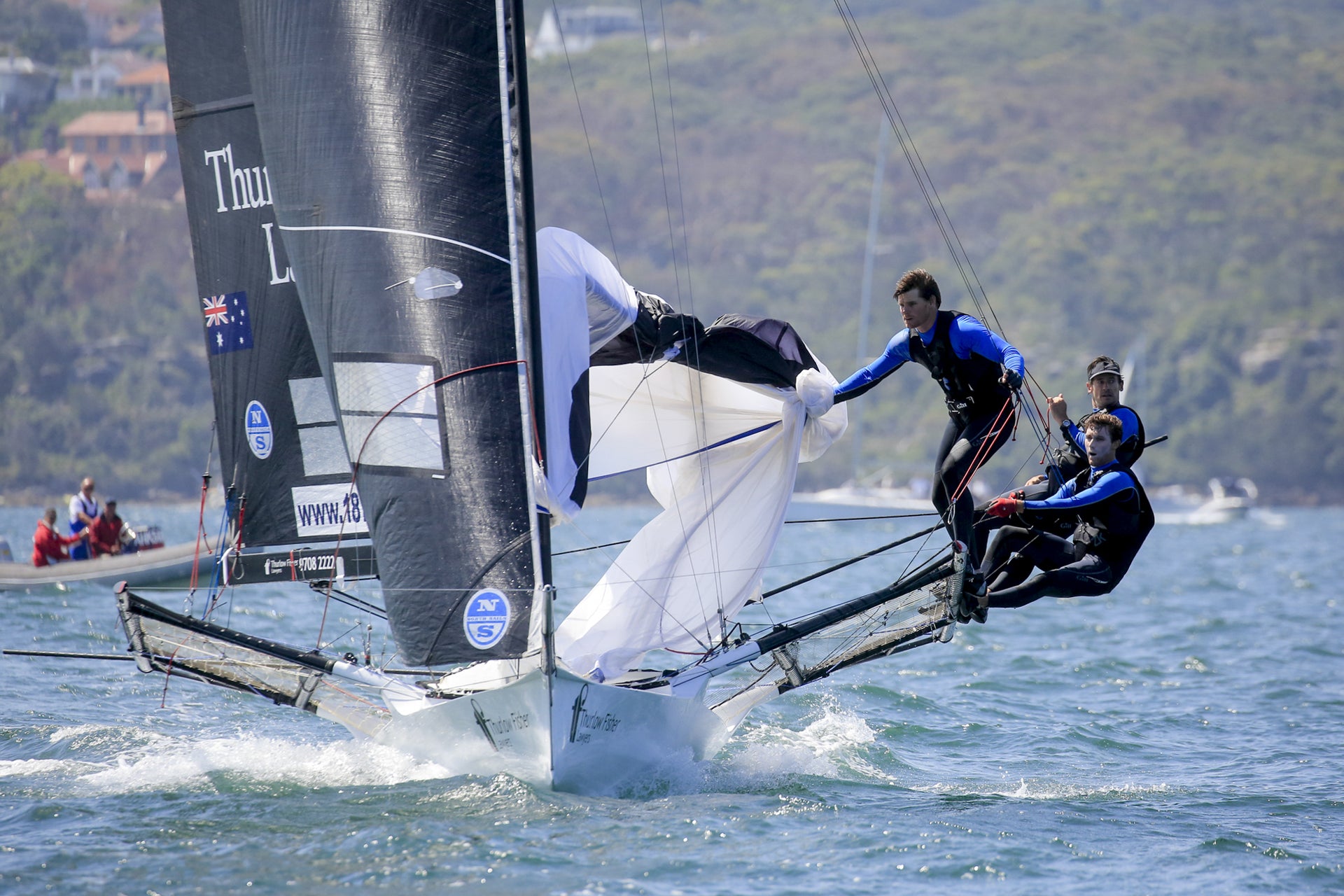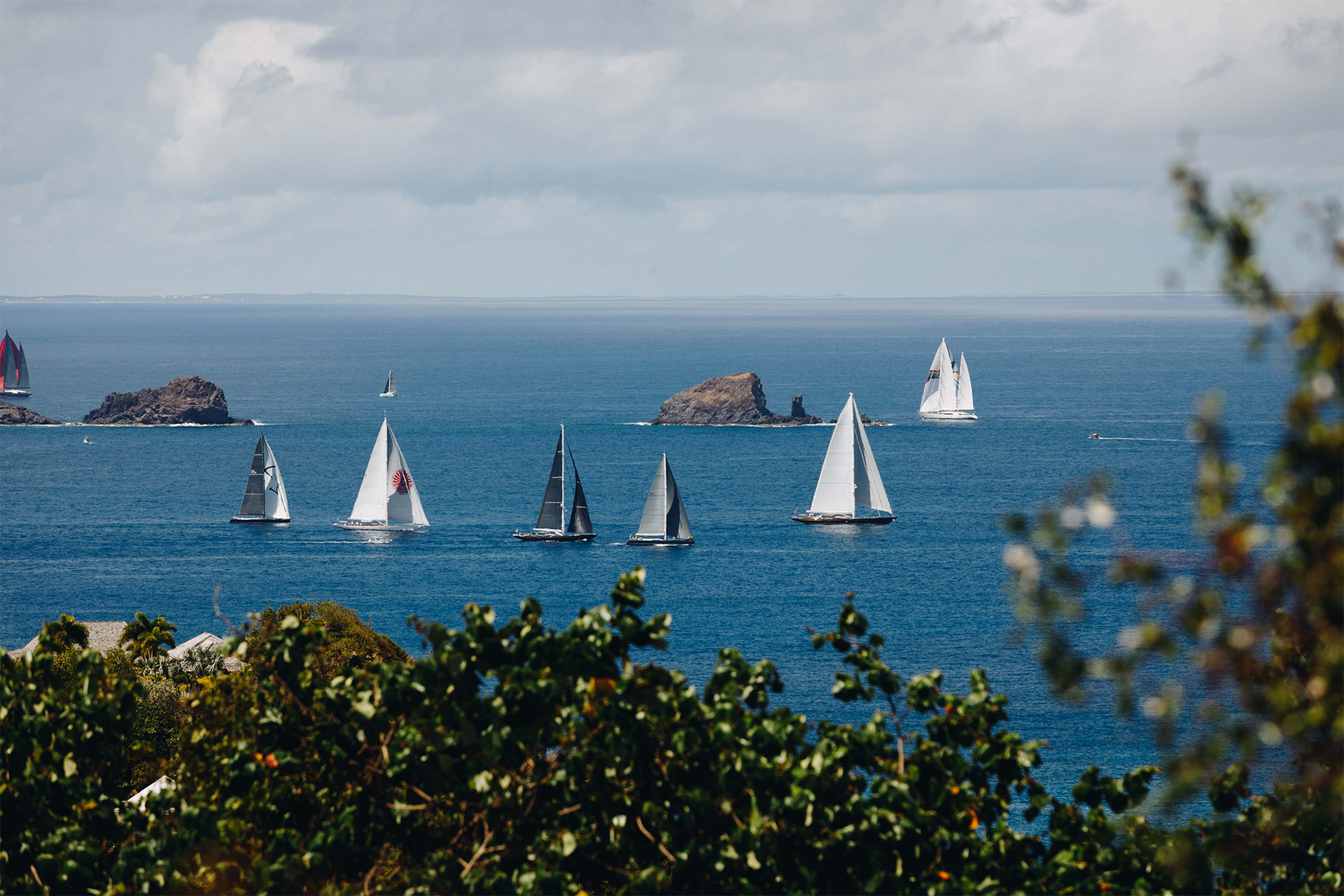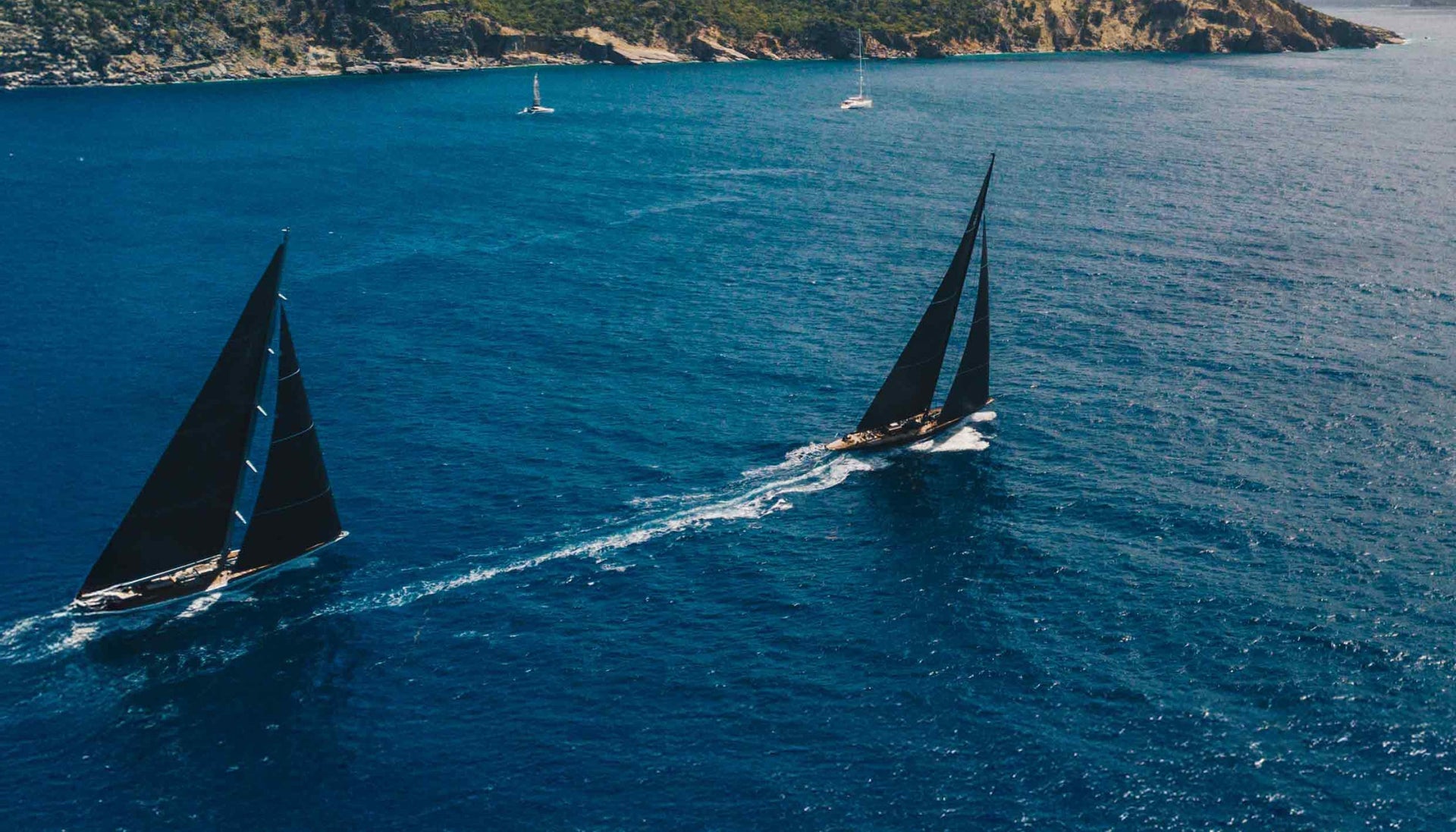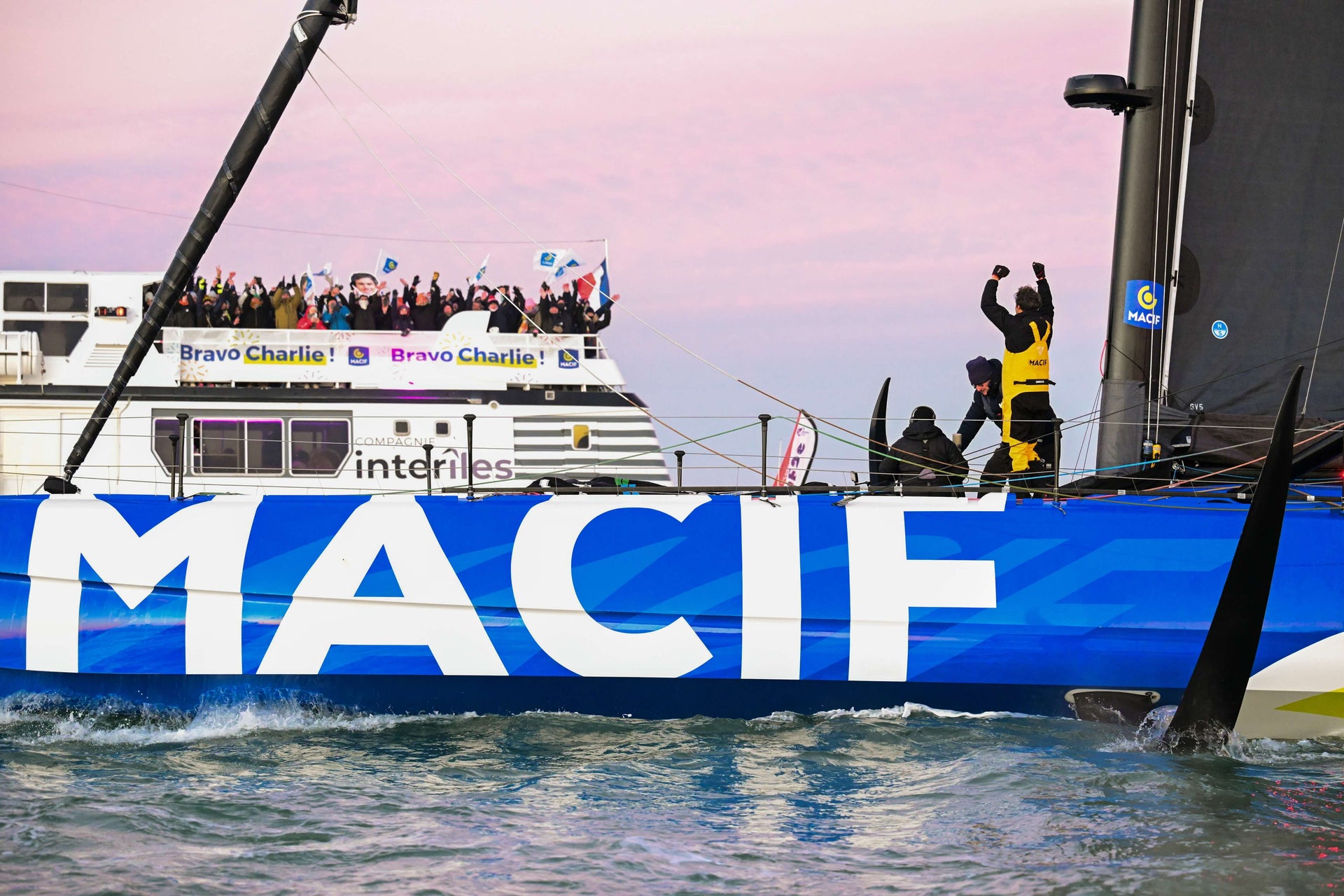3Di RACE REPORT - PUTTING 3Di RACE TO WORK ON AN 18’ SKIFF
Putting 3Di RACE to work on an 18’ Skiff
Sydney Harbor’s 18’ skiffs are legendary for their all-out speed and micro-technical gear changes. Dave O’Conner, a member of the Thurlow Fisher Lawyers team, describes sailing these boats as “a wild craft… like riding a bucking bronco.” We caught up with Dave right after his team won the 2017 Australian Championship, a five race series. He was very happy with the way their new 3Di RACE sails had performed for the event.
“The World Championship starts in late February, and the weather at that time of year is often lighter. Teams are always thinking, how do we change things, and given that it’s the same location each year, the rigs just get bigger and bigger.
“But we still have to sail the boats up range, so we need to be able to depower. We’ve got two reefs in our smaller #2 rig, but the #1 rig doesn’t have any reefs. With the #1 rig you’re searching for power… up to the crossover at about 12-15 knots. We have to be able to change gears from 0-12 with the same sails.”
18 Foot Skiff class limits mast height, but changing over to 3Di RACE and raising the hounds allowed Dave’s team to add sail area with what they call a “square top jib.”
“There’s no area limit on the sails, you can make them as big as you want. So the sail area tends to just keep getting bigger, as much as can be supported on a rig of that size. What’s nice about 3Di is that it’s so stable, we can actually go up in area and still maintain the shape of the jib. If you have a softer fabric it will just fall away, and you don’t want to put too many battens or too much weight in the sail to support it… so 3Di is pretty powerful.”
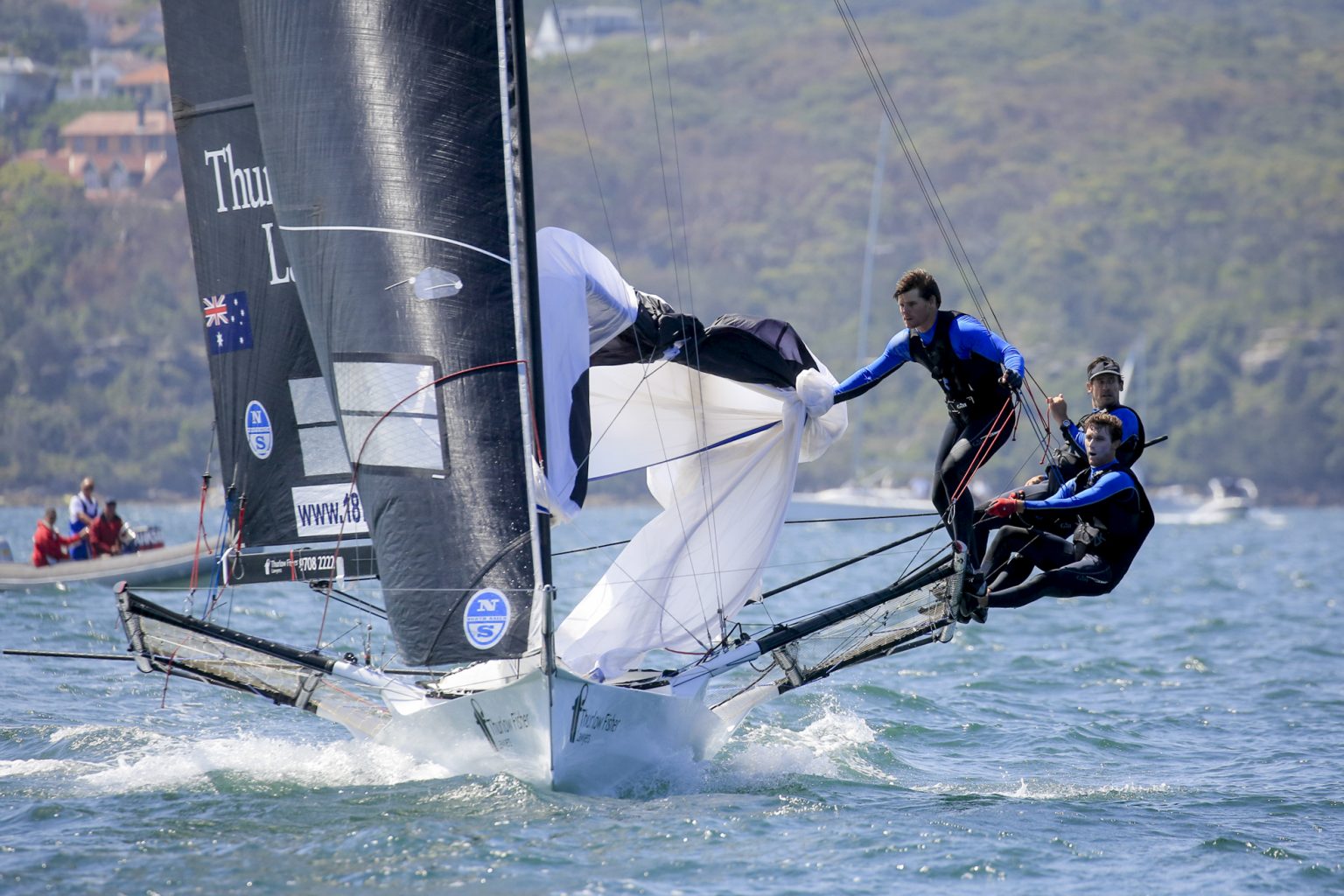
Working closely with the North Design team, Dave requested several design changes for their new 3Di RACE sail, to extend its range and improve its shape.
“We’d actually been struggling quite a bit with our number 1 reef, which was a sore point for us because we used to be quite competitive. So we really put a lot of effort into making sure the main was going to perform for us. We went for a straighter, cleaner leech profile, and then we made sure we got the luff curve right—so a lot of bend tests on the rig, to make sure top-to-bottom the mainsail had a really smooth flying shape. It’s just so smooth, we’re very happy with that and it’s performing very well for us.
“What’s also nice is it goes through the range. When we compress the rig to depower, the actual shape of the sail maintains this great profile and blades out really nicely. Likewise when we ease off the rig and start to power up, we get a deeper sail but it maintains its good flying shape.”
Dave chose 3Di RACE over a paneled laminate or 3DL sail because his team was looking for an edge—and they got one with the smooth flying shape. What his team didn’t realize until after they first used the new sail was how much weight they were saving.
“Paneled sails are significantly heavier than 3Di. We’ve actually weighed both! And if we can reduce weight up high, then we’re making massive, massive gains. The biggest factor in our increasing performance is being able to reduce the weight of the sails.
“We were worried the 3Di wouldn’t be forgiving enough to allow the boat to work and maintain its stability when we’re sailing… but that wasn’t even an issue.”
Right before we let him go to get ready for an afternoon sail, Dave added one more aspect of 3Di Race he really liked; it’s so easy to read. “We’ll go out and do a tuning session this afternoon, and we might change our D1s or D2s one or two turns… the impact can be seen instantly in boat speed or height. That stuff is priceless when you’re trying to maximize your performance.”





